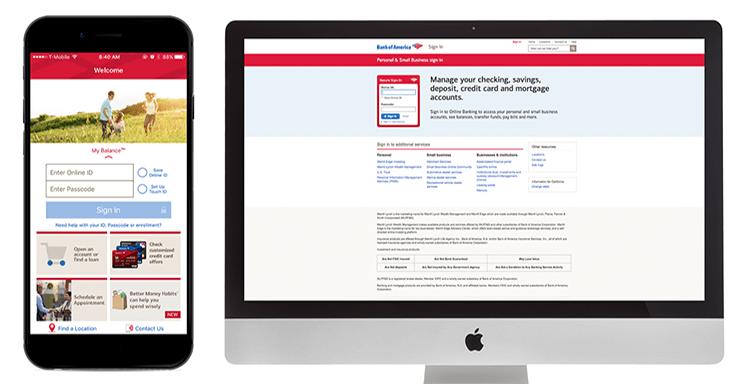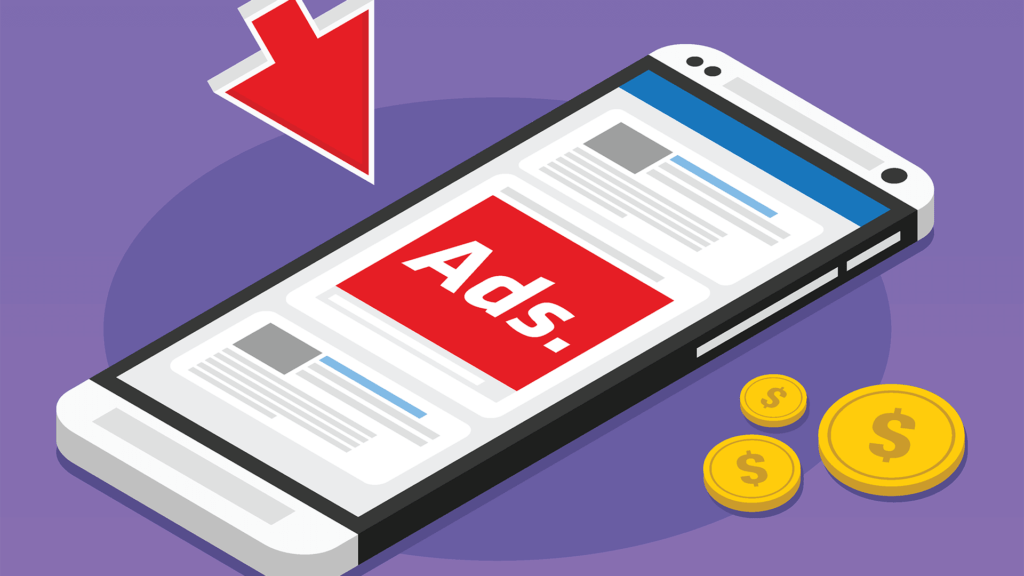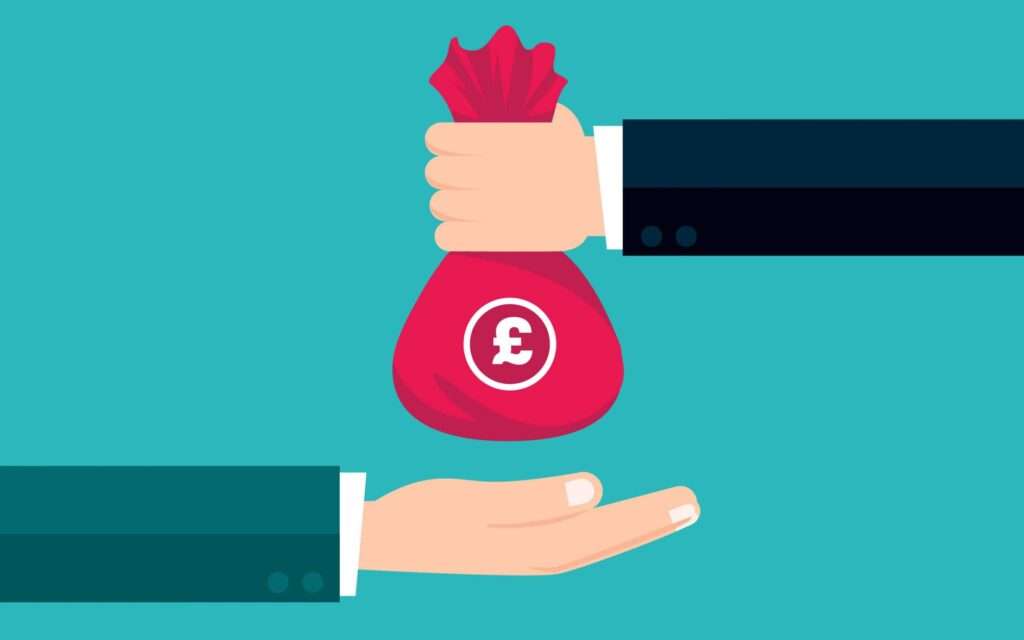As you may have noticed, there’s a lot of money in the app world—billions in fact. If you want a piece of the pie, a great idea for a new mobile application along with a talented crew can take you far. Just remember that while there’s money to be made in apps, not all are raking in top dollar earnings.
If you’re trying to get startup funding for your app, I explore how to best pitch your idea to investors in this video.
In this article, we’re going to break down how exactly apps are making money or how much do app developers make per download and what you should know before diving in.
When developing an app, there are many important questions to ask and consider, and deciding on offering a paid app or a free app is a big one.
After all, people tend to want to try out an app first before they buy it, and more often than not, there’s a similar—and free—app already out there.
Considering who your users are and why they would be willing to purchase your app is a crucial question that could determine how successful your mobile app does on the market.

How Much Do App Developers Make Per Download – Paid Apps
While it’s obvious that paid apps earn some money per download as opposed to free apps that charge nothing, what makes paid apps earn more is also their perceived value and loyal user base.
If a user decides they want to learn Japanese but don’t have the cash to spend on in-person courses, paying $5 for a language-learning app is going to look like a great way to accomplish their goal.
Additionally, they may choose a paid app over a free app because they want to learn the most they can and ultimately have the best experience, which they believe they’ll find in a paid product vs a freebie product.
For apps with a big user base, they can make quite a profit using paid-for apps. For businesses that simply want users interacting with and experiencing their brand, a paid app may not be the best route.
For example, businesses like banks might offer a free mobile app, not primarily as a source of revenue, but to put their brand out there and enhance their user experience through free online features, such as mobile banking.
Free Apps
With free mobile apps, there is nothing stopping a user from downloading and trying out the app. Something as simple as a catchy app name or thumbnail image could get users downloading an application on a whim to see if they like it.
What some businesses don’t realize is that free apps have the potential to make far more in revenue than paid apps.
After all, they typically have more downloads since they make it so simple and easy for users to try their app for free.
There are a few ways businesses can monetize their apps beyond charging an initial download fee. After all, while brand recognition is great, at the end of the day, businesses want apps to help them generate revenue in some way.
Looking back at our bank app example, banks who offer an easy-to-use mobile banking app won’t charge users a download fee, but getting users on their mobile website using their services for free can help convert leads and upsell their current client base.
Offering fast and easy services will keep customers loyal, happy, and ready to use the same company for additional services, such as a loan or credit line.

With that said, every app’s business model is different and each one will have their own monetization strategy.
#1 Ads
What do popular YouTube channels, blogs, and mobile apps have in common? They have the potential to make big dollars in advertising alone.
If your online product is bringing in heavy traffic, advertisers will want face time with those audiences.
When it comes to how much money apps can make, advertising plays a pretty big role. It’s one of the most common and effortless ways to make money from a free mobile app.
In 2017, the mobile advertising spending globally was a whopping $107 billion.
App advertisements come in a few varieties:

Image Source: Martechtoday
- Banner ads: These are typically found at the top or bottom of the screen and are considered more subtle than other types of ads, such as pop ups or full-screen ads. They allow users to continue using the app as normal since they only take up minimal screen real estate, but as a result, they have lower click-through rates.
- Video Ads: Video ads often play automatically and can last anywhere from 10 to 30 seconds. Some apps will use video apps to reward users by watching the ad. For example, many game apps will present users with the option to watch an ad in exchange for points or some form of in-app currency.
- Native Ads: Native ads have a more natural integration within the app and match the look and feel of the media platform it’s being presented on. It can come in the form of sponsored content or even videos.
- Incentive Ads: Everyone just wants to use an app and not be bombarded with annoying advertisements. This is where incentivized ads comes into play. These ads are specifically designed to reward users by having them perform some action—be in fill out out a short survey, sharing content, and so on.
- Interstitial Ads: These ad types come in the form of full-screen pop-up ads triggered at a specific time in the app, such as when a user first opens the app. The user has the option of viewing the content or closing the ad.
Ads are a tricky business and if they’re not done right, they can annoy users and deter them from using an app. But when done smartly, ads can generate big revenue for an app through clicks.
#2 In-App Purchases
The in-app purchase—or “freemium”—model is also an incredibly popular monetization strategy for free apps.
Apps will allow users to download the app for free, but offer in-app products—which could be virtual or physical. This can come in the form of app bonuses, extra points, block ads, reveal new app content, and so on.
These in-app transactions are conducted via the app store and the app developer or owner will get a commision from each one.
This strategy can be further broken down into three categories:
- Subscription: This lets users unlock bonus features and content through a monthly or annual subscription.
- Consumable: These purchasable items are used only one time, most often in game apps (such as points or virtual currency).
- Non-consumable: This means that the items or features are permanent, such as unlocking additional app functionality or purchasing the ability to block ads.

#3 Referrals
Referral marketing is similar to an advertising strategy where content about an affiliate business is placed somewhere visible in the app.
Depending on installs and clicks, users receive rewards. This model can be used to advertise other applications, in-app ads, or ad for services and products.
Affiliate network companies exist for the purpose of finding the right affiliates for a given mobile app. There are also tools and programs that can integrate this strategy.
Affiliate marketing campaigns offer:
- Cost per impression: payments are earned depending on how many impressions are made.
- Cost per click: payments are earned depending on how many clicks are made on an app ad.
- Cost per view: payments are earned depending on how many times a video ad is viewed.
- Cost per install: payments are earned every time there is an install of the promoted app through the advertisement.
#4 Sponsorship

Image source: Fabrikbrands
This form of app monetization involves teaming up with brands who will contribute various rewards to users who complete activities or actions within the app.
So while there isn’t an actual dedicated space for a typical advertisement, there is a sponsorship that has been integrated with the app functionality. The app owner will earn a piece of the revenue made through this app sponsorship.
An example of how this looks is the following: A weight-loss app may partner with a nutrition bar company who might offer a coupon or discount for their product to the app users who have achieved a specific goal, such as meeting their monthly target weight.
Once the user buys a nutrition bar or other product from the sponsored company, the app owner will get a share of the money.
Top Contenders
There are a variety of ways to make money from apps, but in-app purchases and and in-app ads are the revenue models that are the highest earning.
In 2017, global revenue from in-app purchases was estimated at $37 billion. Paid apps generated only $29 billion, just to give you an idea.
These monetizing strategies are just the tip of the iceberg. App developers, creators, and owners are getting more and more creative when it comes to making money. So how much money can you make from an app, exactly?
The top-grossing apps are game applications. In 2018, Candy Crush Saga made $1.3 million daily using an in-app purchase strategy.
Pokemon Go brought in roughly $890 million in 2018 alone, which is a slight dip from 2017 where they made an astronomical $930 million.
As you can tell, there is serious money that can be made in apps, whether they’re free or paid. While the app development process takes much time and effort, so too should an app’s monetization strategy.
Put a plan in place with our Simple Starter package. This three-step approach is a cost-effective solution that will turn your app ideas into an actionable plan you can make big money from.
If you’re ready for a piece of the pie, hire the right professionals that have the tools and know-how to not only build a product people will use, but create a monetization strategy that will make your app money.




